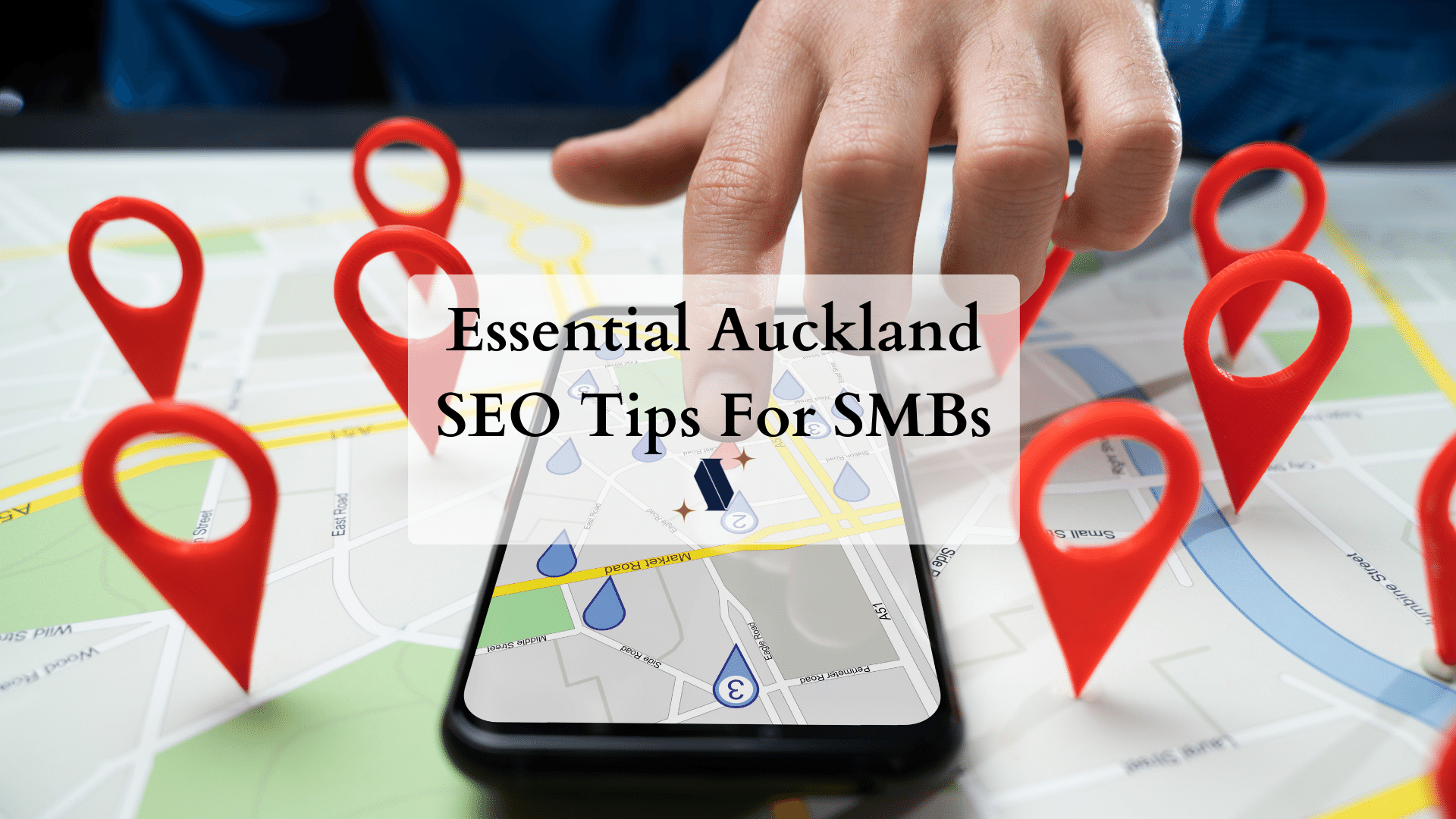Introduction
This is a 1700-word rant about keeping the same tone across all your business content and writing content for your brand. Have fun!
There are a few basic considerations required when producing content for your company or business – whether writing a blog to boost your SEO or drafting ad copies. Most marketing companies and content writers are well-versed in content writing best practices. However, as a startup or small business, you may not have the budget to hire a pro. Nevertheless, you need branding and organic traffic. Here are 9 tips that will help you get started on the right path to creating engaging content that delivers results, in terms of:
- Online traffic
- Engagement
- Leads
- Sales
Your Brand Voice & Tone
Before you start writing, it’s important to define your brand’s identity by considering your customer personas. What kind of tone would they expect to read – friendly? serious? informative?
Consider the importance of consistency of tone in all aspects of your business content, whether written or visual: from website design to social media posts and even across different channels such as email newsletters or advertisements on YouTube or Facebook.
If you’ve engaged copywriters or content writers, make sure they use similar language so that everything feels cohesive for online readers and audiences.
The cohesive tone is the primary rule here – cohesion builds trust.
Understanding Your Industry
Know your industry, its trends, and zeitgeist. Research what’s happening in your field, what is trending, and the difficulties prospects may be having. Look at how your competitors are using content to attract customers. The beauty of digital marketing is that you don’t need to reinvent the wheel. There are plenty of best practice examples to find online – from seeing how your top competitors drafted their Google ads copies to the topic covered in their blogs. This is not to say you should copy other businesses because that doesn’t work. But you can get a good understanding of your market tone.
Next, analyse the audience that you’re targeting: Who are they? What do they like? How old are they? Where do they live? What kind of information would be useful or interesting for them? This is diving deep into your customer personas. The more information you have about your target market (and potential buyers), the better equipped you’ll be to create a dialogue with them through your content.
Building customer personas for your business before writing content for your brand:
- Research: Start by researching your customers. Look at their demographics, such as their age, gender, location, income, education, and occupation.
- Identify common characteristics: look for patterns or common characteristics among your customers. For example, you may find that most of your customers are women over the age of 35, who have children and work full-time.
- Create customer profiles: Use the information you have gathered to create customer profiles. These profiles should include details such as name, age, occupation, income, education, and interests.
- Keep your personas up-to-date: Your customer personas should be updated regularly to reflect changes in your target audience’s behaviour patterns and preferences.
Some of the steps above are for marketing specialists. However, as a business owner, you must be familiar and comfortable with these concepts so that marketers are not able to feed meaningless jargon that sounds smart but means zero in sales or revenue.
Understanding Your Target Audience
We know it’s hard not to confuse the target audience and customer persona. It’s more or less the same thing.
Creating customer personas will help you understand your target audience. Essentially, we create customer personas to simplify understanding our target audience. Once you’ve identified your target audience, it’s time to get to know them. This is a similar exercise to creating customer personas:
- Understand the demographics of your target audience. Who are they? How old are they? What gender do they identify with? Where do they live and what is their income level?
- Identify the needs and wants of your target audience. What kind of information would be helpful for them in making decisions about your product or service (or even just learning more about it)?
Research the content that already exists online about products similar to yours–and then see if there are any gaps for you to fill with new and useful information. This is deep into the SEO specialist’s scope of work, but if you’re not working with one, you can make educated guesses based on research.
Adding Value When Writing Content for Your Brand
The internet, at its best, is about adding meaningful information that others will or may find helpful. Create content that adds value to your audience’s time. This means focusing on delivering solutions, rather than just feeding generic, meaningless advice. Information can sound smart but be useless – hopefully, this blog is not useless.
When creating content, ensure the information is unique and original; don’t just copy-and-paste from other sources or use generic templates. Try this:
- Research
- Summaries
- Opine on the summary
- Conclude
Competitors Research
Competitors research is a great way to get an idea of what’s working for your competitors and what isn’t. If someone else has already been through trial and error and found something that works, you should consider doing the same. Try this: Find your competitor’s most popular content and see what they’ve done differently from everyone else.
In order to do this, you’ll need to analyze the content strategies of your competitors. You can start by looking at their blog posts, social media posts, emails, and even ads.
Once you’ve identified gaps in their content strategy (and there will be gaps), leverage those insights to inform your own strategy.
Be Original
Everything said here is caveated by staying original. If you have an idea for a piece of content you think your target audience will find useful, write and publish it. Self-help books have been basically saying the same thing for 2 millennials. Yet people still buy them. You can express an overuse idea or advice in a more cohesive and understandable way.
There is nothing new on the internet anymore, but always new ways of expressing old ideas more articulately with brevity.
Marketing Funnel
The marketing funnel is a concept that has been around for decades. It’s used to identify the stages of your marketing campaign and understand how different types of content are needed at each stage. Here is short summary of the marketing funnel stages:
- Awareness
- Interest
- Consideration
- Intent
- Evaluation
- Purchase
The first step in creating a successful content strategy is understanding your customer journey and mapping out the different stages of your marketing funnel. This can be done using tools like Google Analytics or Kissmetrics, but it’s also helpful to just think about it yourself:
- Which stage do you want people to be in when reading specific content? Do they need more information about what you do, or are ready to make a purchase?
- What type of content would help them reach your desired goal? Are there any other pieces that could be added before or after this point order?
If a product or service is new, then you may need to consider resources for educating your target audience on the issues it solves. You may want to start with producing content related to the discussion of issues that lead to the recommendation of your product or service.
Content Pillars
Now that you have a general idea of how to zero in on what content to write, it’s time to choose topics. Consider how these topics relate to each other and how they can be connected i.e. hyperlinks in blogs linking to other related blogs. This will later assist with your website’s internal backlinking.
For example, if you’re a fashion brand and want to create content around sustainability, then it would make sense for you as a reader (or viewer) if this topic were discussed sustainability in fashion or sustainable materials used by designers today.
The next step is developing the actual content itself by creating articles around each pillar on your list. These articles should be consistent with the identity of your brand so people know what type of information they’ll get from reading them or watching videos from its creators–this will help build trust between readers/viewers and publishers over time!
Choosing the Right Medium
When creating content for your brand, it’s important to choose the right medium for your message. Different types of content perform differently depending on the medium you choose. It’s important to consider which medium will best reach your target audience and convey your message effectively.
Here are some common mediums for content creation:
- Written content: This includes blogs, articles, e-books, white papers, and social media posts. Written content is great for conveying detailed information and ideas and is easy to share and distribute online. But most people also hate reading.
- Visual content: This includes images, infographics, videos, and animations. Visual content is great for conveying complex ideas in a simple and engaging way, and it’s highly shareable on social media. This is a long way of saying people don’t like to read and prefer to look at pictures.
- Audio content: This includes podcasts, webinars, and live streams. Audio content is great for conveying expertise and building a personal connection with your audience.
How do you decide which medium is right for your content? Here are some questions to consider:
- What type of message are you trying to convey?
- What medium does your target audience prefer?
- What is your budget for content creation?
- What are your resources for creating different types of content?
- What are your goals for the content?
Ultimately, your business needs to be ubiquitous online, but you must choose where to start.
Remember, the key is to choose a medium that will resonate with your target audience and help you achieve your marketing objectives.
Repurposing Content
Time is limited, therefore, don’t discount the idea of repurposing your content. You can turn a blog into a script for a Facebook video, a few social media posts, and vice versa.
This article can help you use social media for your New Zealand-based small business.
Conclusion
To produce engaging and effective content for your business, consider :
- Defining your brand’s voice and tone.
- Understanding your industry and target audience.
- Adding value with unique and original content.
- Researching your competitors.
- Utilising the marketing funnel.
It’s important to keep consistency in tone and messaging across different channels and to update customer personas regularly. While researching competitors and analysing knowledge vacuums, it’s important to remain original and produce content that adds value to your audience.
<





